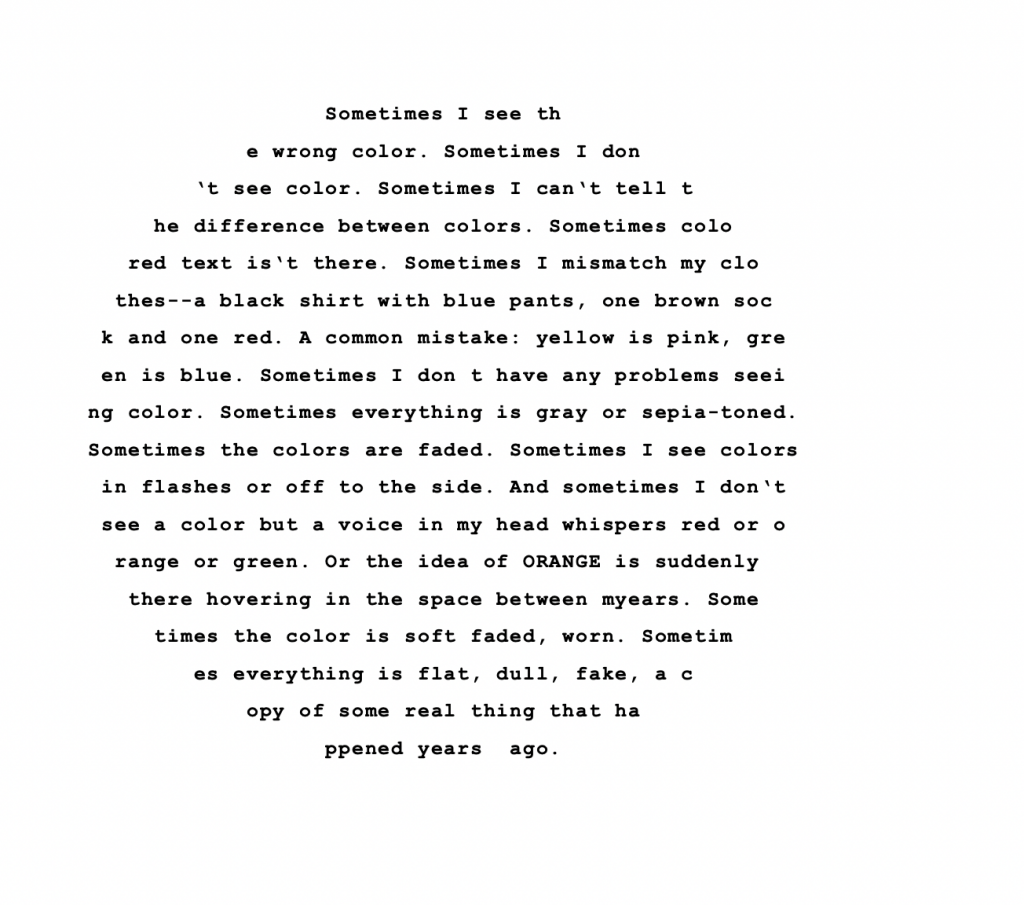bike: 25 minutes
run: 2.25 miles
basement
outside: winter storm/snow
Winter storm today. Heavy snow mixed with some freezing rain. No running outside or driving to the y. Glad to have the bike and treadmill in the basement. While I biked, I watched a few minutes of a documentary by Tracksmith called “The Church of the Long Run.” (interesting side note: a search for “the church of the long run tracksmith” will also take you to tracksmith’s catalog for long run gear — the marketing of a sacred ritual…I have mixed feelings about this, and no time to explore them). Also watched some of the 2012 Women’s Triathlon from the London Olympics. As I ran, I listened to a book: Disappearing Earth. Such interesting storytelling about the disappearance/presumed kidnapping of 2 young girls and its impact on a wide range of women living in remote Russia.
After I finished my workout, I quickly had my last meal before a (nearly) 2 day fast for a colonoscopy on Thursday morning. My first colonoscopy. I wonder how I’ll handle not being able to eat tonight and all day tomorrow? I’ll be very glad when it’s over.
note: I don’t want to write that much about it now, but for the sake of future Sara and because this log is, among other things, about aging and learning to love/live in and with an aging body, I’ll say that this colonoscopy is stressing me out. Difficult to put into words (maybe a poem after?), but it’s about a lot of different things: frustration and feelings of helplessness over bad insurance and medical care that prioritizes profit over patients, too many people I love dying or diagnosed with different forms of cancer lately, anxiety over what I will or won’t be able to see because of my bad vision as I check-in and deal with people at the clinic, wondering if they’ll find anything that explains my gastro problems for the past 6 months. To relieve anxiety, maybe I should turn colonoscopy into anagrams?
a few minutes later: I thought colonoscopy would be difficult, so I tried endoscopic (for endoscopic exam) and it was hard too. Here’s how I did it. I put each of the letters on a different post-it note and then moved them around on my desk. I could only think of 3. I like this post-it note approach. I’ll have to try it again! Maybe I should use some old scrabble letters?
It’s not an endoscopic exam, it’s a
No Cod Spice Exam
Ponce (as in the Atlanta road, Ponce de Leon) Disco Exam
In Cop Codes Exam
Not the greatest, but still fun to try!
Working on my winter wonder class that starts at the end of this month. Seems fitting as I look outside at the snow falling, then stopping, then falling again. The snow has been heavy, but not blizzard-heavy. Not quite as bad as in this poem by Linda Pastan that I’m planning to use in my class:
Blizzard/ Linda Pastan
the snow
has forgotten
how to stop
it falls
stuttering
at the glass
a silk windsock
of snow
blowing
under the porch light
tangling trees
which bend
like old women
snarled
in their own
knitting
snow drifts
up to the step
over the doorsill
a pointillist’s blur
the wedding
of form and motion
shaping itself
to the wish of
any object it touches
chairs become
laps of snow
the moon could be
breaking apart
and falling
over the eaves
over the roof
a white bear
shaking its paw
at the window
splitting the hive
of winter
snow stinging
the air
I pull a comforter
of snow
up to my chin
and tumble to sleep
as the whole
alphabet
of silence
falls out of the
sky
